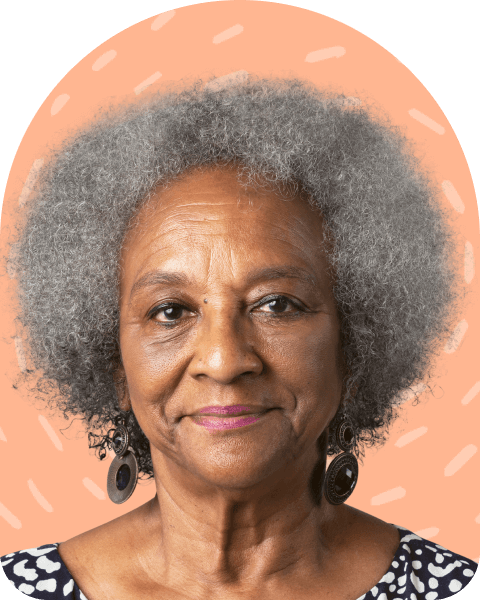Existing Home Care Package participants retain all unspent funds. They will carry over in full and remain available for use under Support at Home.
You can use your HCP balance to:
Under Support at Home, you can also carry over up to $1,000 or 10% of your quarterly budget (whichever is greater) into the next quarter.




















.png)











